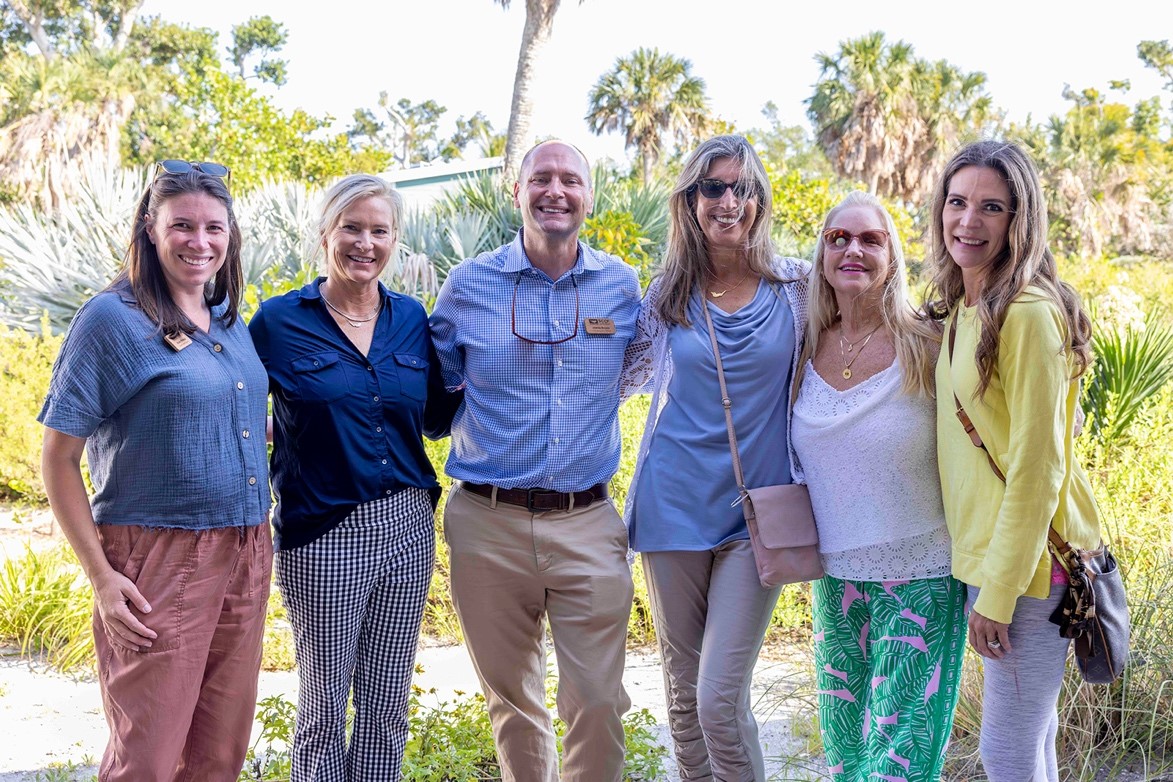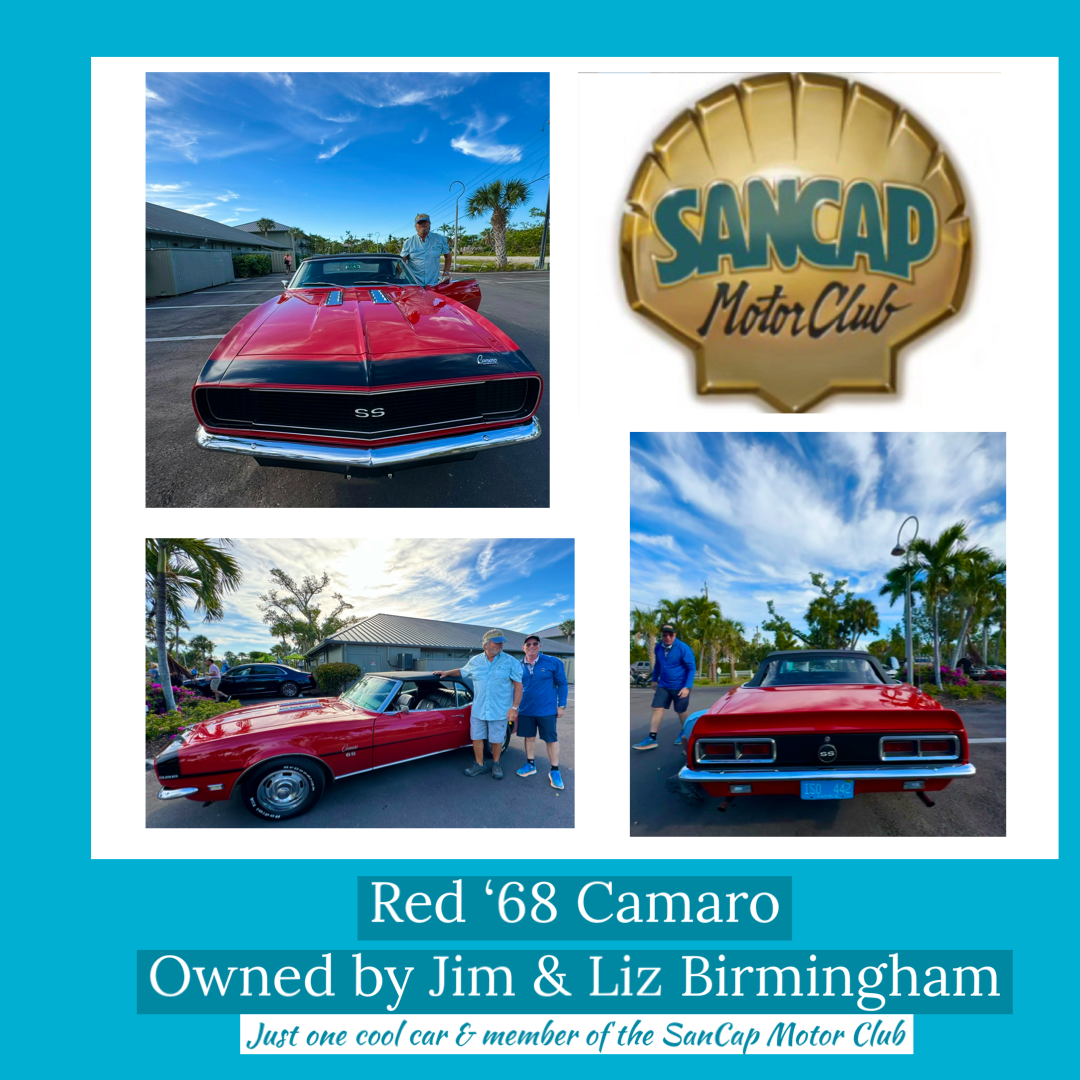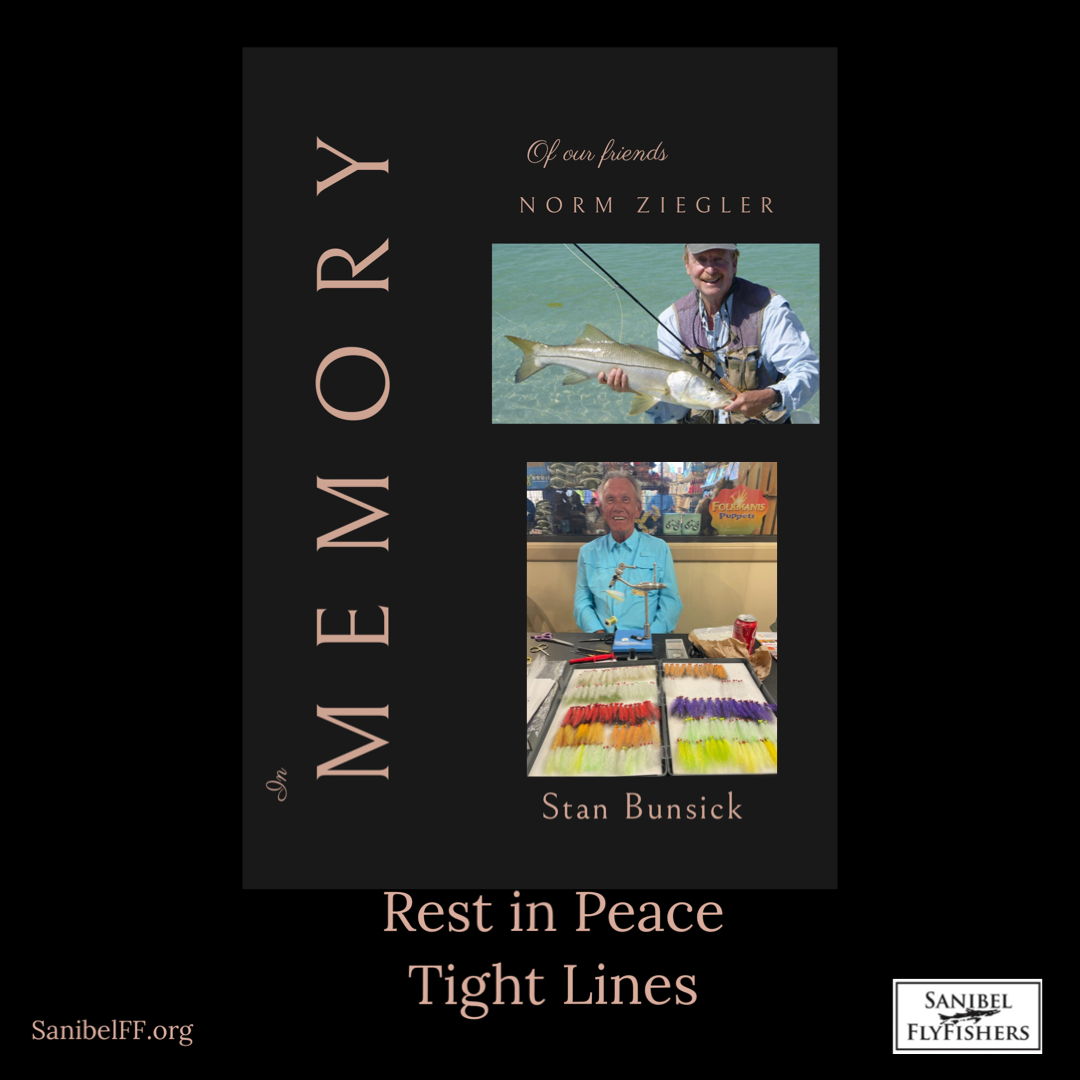 February 1, 2021 – Betty Anholt and Charles LeBuff spoke recently at the Sanibel Historical Museum & Village to talk about “Shelling and Its Sanibel History.” The audience was necessarily limited due to COVID precautions, but the talk was videotaped and is now available on the museum’s website.
February 1, 2021 – Betty Anholt and Charles LeBuff spoke recently at the Sanibel Historical Museum & Village to talk about “Shelling and Its Sanibel History.” The audience was necessarily limited due to COVID precautions, but the talk was videotaped and is now available on the museum’s website.
LeBuff first started shelling on Sanibel in 1952, although he has never found a junonia. He explained that most junonias come from shrimpers, who fish in deep waters where junonias live.
“Sanibel’s beaches are 95 percent living organisms; there is very little sand. So the seashell formed Sanibel and maintains our quality of life even today,” LeBuff said.
Anholt echoed that sentiment. “Shells have been the underpinning of the island in so many ways,” she said. “Physically, as food sources for people and wildlife, way back to the Calusa, who also used shells as decoration, tools, knives, and more.”
Watch the video to learn about the history of the Shell Fair, conservation, and the best times to go shelling.
Go to www.sanibelmuseum.org, click on Volunteers, then Volunteer Updates. The video is the first one listed.
The Sanibel Historical Museum and Village is a nonprofit organization formed with the mission to preserve, share, and celebrate Sanibel’s history. The Village is open Tuesdays through Saturdays from 10 a.m. to 4 p.m. Masks and social distancing are required. Due to COVID-19, guided tours are available by reservation only in groups of no less than six and no more than 10. The Sanibel Historical Village is located at 950 Dunlop Road (next to BIG ARTS) and there is handicap access. Admission is $10 for adults (18 and over). Members and children are free. For more information, visit www.sanibelmuseum.org or call (239) 472-4648.





